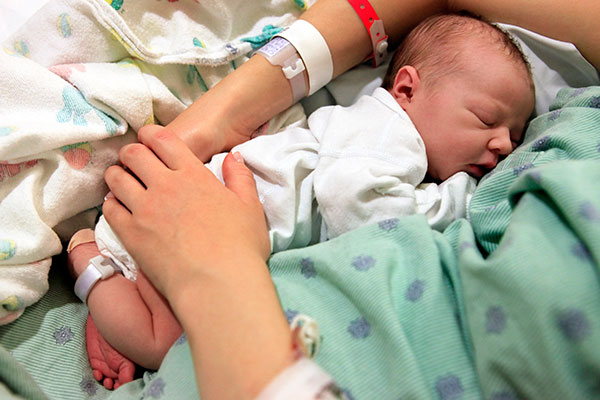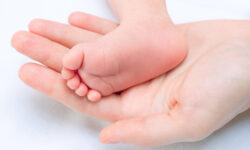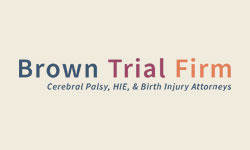Lack of adequate oxygen flow to the brain can cause babies to have hypoxic convulsions. Signs of seizures include: irregular breathing, facial movements, jerky legs and arms, and staring.
This information was compiled from government sources, educational non-profits, and medical experts.
To learn more about the signs of hypoxic convulsions, keep reading.
Hypoxic Convulsions Because of Inadequate Oxygen
Hypoxic Convulsions are commonly caused by hypoxic-ischemic encephalopathy (HIE). HIE is a condition that is caused by a lack of adequate oxygen flow to the brain shortly before, during, or after childbirth.
The seizure itself is the result of a storm of electrical activity within the brain. Depending on the length and severity of the seizure, the symptoms may be hardly noticeable or may result in unconsciousness and convulsions.
Getting help for a child with HIE or Cerebral Palsy
can make a big difference
Because early intervention is often key to helping improve a child’s wellbeing, it’s important to act swiftly. At the Brown Trial Firm, our Houston birth injury attorneys can help you investigate your case, find answers to your questions, and determine whether you are entitled to compensation. We offer case reviews at no cost or obligation. Many birth injuries that cause cerebral palsy could have been prevented.
Signs of Hypoxic Convulsions in a Baby
In general, there are a few common symptoms that indicate that an infant may be having seizure activity:
- Irregular breathing (including apnea)
- Twitching or repetitive facial movements
- Bicycling arm or leg movements
- Unusual stiffening or tightness of muscle groups
- Abnormal posture or stretching of the arms and legs
These visual indications aside, the most reliable way to detect whether a baby is experiencing hypoxic convulsions is by monitoring the baby with a electroencephalogram (EEG). An EEG can detect if there are unusual patterns of electrical activity in the brain, including the presence of seizures.
What Does it Mean if a Baby Has Seizures?
In general, it’s not good if a baby is having seizures. Seizures are associated with birth injuries that can cause permanent mental and physical impairment.
- About 50% of newborns who experience seizures have what are called “subtle seizures,” which are difficult to detect without the aid of an EEG.
- Approximately 25% experience “clonic seizures,” which present with slow jerking or twitching of a body part.
- Around 5% have “tonic seizures,” which include sustained contractions and sometimes also rolling eyes and apnea.
- Most severe are “myoclonic” seizures, where symptoms include very fast twitching and jerking. These symptoms are most common among premature babies.
Because seizures are commonly associated with serious and permanent impairment, it’s important to take any signs of convulsions or seizures seriously, even if the symptoms seem mild.
What to Do If Your Baby Is Convulsing
If you think you see any signs of convulsions in a child, you should immediately call 911. If the seizures are recurring, you should discuss with your doctor how to best prepare for and react to the child’s seizures.
Treatment options may be available that can minimize or reduce the seizures, including prescription medicines, family training, and prevention techniques.
Are convulsions a sign of a birth injury?
While convulsions are not always signs of a birth injury, they can be. In some cases, convulsions or seizures in a newborn can indicate a serious underlying issue, such as a birth injury caused by medical negligence.
These involuntary muscle contractions can result from various complications during labor and delivery, including oxygen deprivation, infections, or trauma. When a health care provider fails to appropriately monitor, diagnose, or manage these conditions, it can lead to significant harm and long-term consequences for the child.
If you suspect that your child’s convulsions may have resulted from trauma or an injury at birth, it’s crucial to discuss your case with an experienced newborn seizures lawyer who can help you explore your legal options.
Sources
Gillam-Krakauer, M., & Carter, B. (2012). Neonatal Hypoxia and Seizures. Pediatrics In Review, 33(9), 387-397. doi:10.1542/pir.33-9-387



